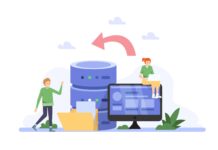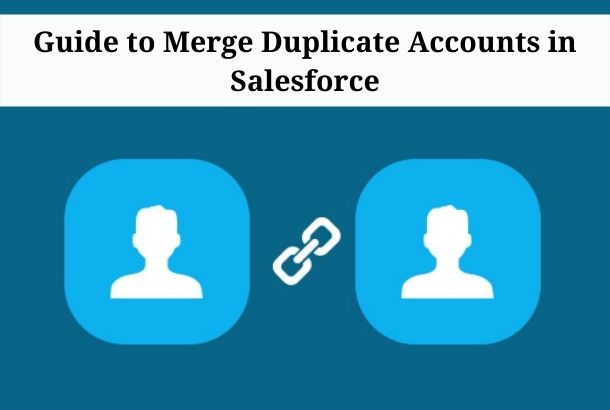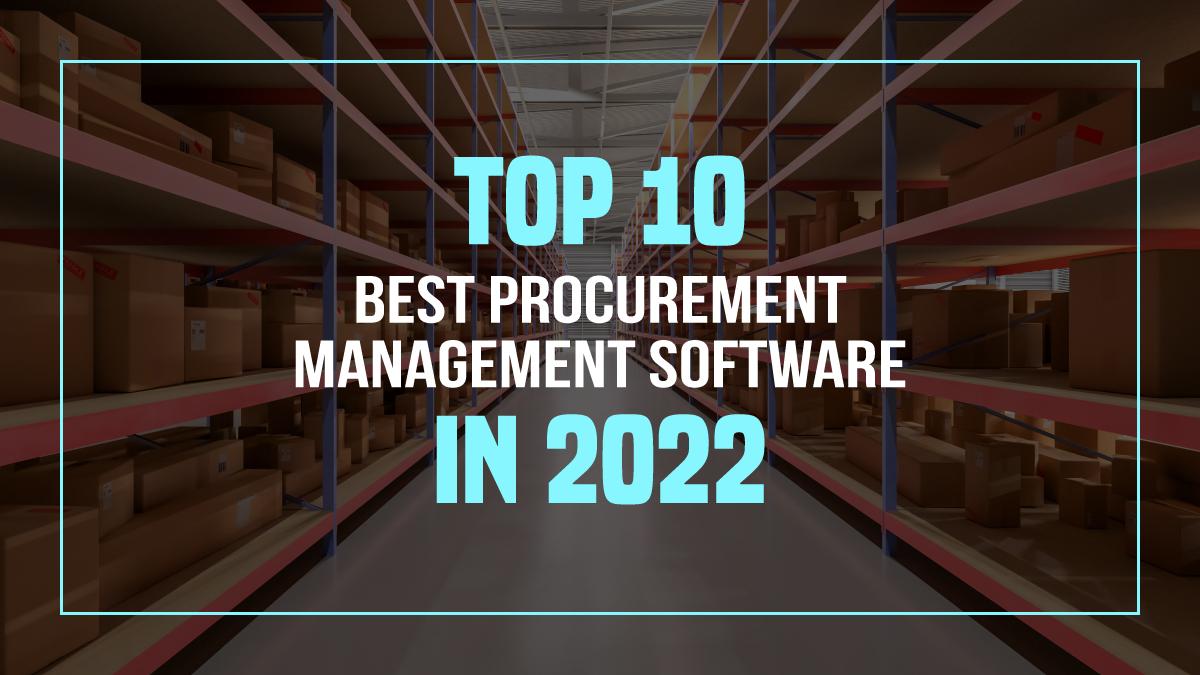If you’re having trouble coping with increasing business demands in the software delivery market, that’s probably due to the ever-shifting velocity in software development lifecycles. Ensuring your business organization stays competitive in a fiercely competitive market is quite a challenge these days.
There are so many different factors to consider, such as competition, ever-increasing customer expectations, and evolving cyber threats. In such a harsh digital business landscape, your development team must find innovative solutions to establish repeatable, reliable, and secure workflows.
If your company has to rapidly deliver top-grade software products, you should consider adopting continuous integration (CI) and continuous delivery (CD) across your software development pipeline. CI and CD are vital steps in automating the development process that helps developers streamline the way they run quality and security build checks, including making changes to a central repository.
CD builds upon CI by automating every processing during CI to establish a stable, effective, and fully automated workflow. With that in mind, here are essential tools for planning your pipeline configuration, build testing, and quality assurance.
JFrog
JFrog Pipelines empowers your business organization to launch software updates promptly by automating a large part of your DevOps processes in a continuously secure and streamlined manner across all your organizational verticals and systems.
In addition, JFrog gives you access to DevSecOps tools that can help you monitor and shield your binaries in product environments against the latest cyber threats across the software development lifecycle.
Selenium
Selenium is one of the most used open-source software solutions for testing web applications across different internet-enabled platforms and browsers. Most developers opt for Selenium to perform primary tests on their software products before deployment.
Katalon
Katalon is a popular all-in-one automation suite that enables you to develop, launch, and manage desktop, mobile, API, and web app test automation. Developer teams love Katalon because it easily integrates with respective CD pipelines.
Launchable
Launchable gives you access to an ML-powered selection of testing tools to empower you to build a predictive ML model for ascertaining the most critical tests you should conduct to save time on the testing cycle.
It can help expedite your CI/CD pipeline by streamlining the testing process and ensuring you only run vital tests on your apps during development. In addition, Launchable offers CD tools that you can implement into your pipelines to automate the verification of successful and unsuccessful releases and production deployments.
PagerDuty
PageDuty enables your deployment team to resolve issues and improve results across the entire software development and delivery vertical. It notifies your developers whenever a problem in the builds arises and streamlines the mitigation process.
Datadog
Datadog monitors the development lifecycle to execute any corrections on the go. It tracks apps and tech stacks in the build to streamline complication mitigation. Empowered by Datadog, your team can quickly resolve issues whenever they arise in the build.
How to select continuous delivery tools
Though the timing depends on your company’s unique development needs and business model, here are a couple of considerations when selecting CD tools.
Change governance and management
Every CD team has varying degrees of change in governance and management practices. No matter what version control system you use, you need managed governance to determine what products are ready for deployment to production.
Deployment strategy
Changing the running instance of your app is an essential part of the CD process. Naturally, this requires effective practices to ensure success. However, your success depends on many variables.
Thankfully, the right CD tools can reduce the number of variables involved, thus allowing you to transform and upgrade your deployment strategy.
Whether your team runs blue/green deployments, canary deployments, rolling deployments, multi-service deployments, or basic deployments, your strategy is an integral part of your CD process.
Conclusion
No matter where you are at the moment regarding developing your CI/CD pipeline, CD is an effective practice to enhance your approach and upgrade your production. In addition, it simplifies everything for your developer team members and automates a large portion of the software development lifecycle.
Automated delivery at every step, from testing and deployment to production, greatly speeds things up and ensures your customers receive better products. That’s why selecting the right tools for your CD pipeline is paramount.
They help speed up every step in your pipeline and ensure no bug goes under the radar. So, to streamline continuous software delivery, you must carefully select the right tests, tools, and platforms to create a productive work environment.
















